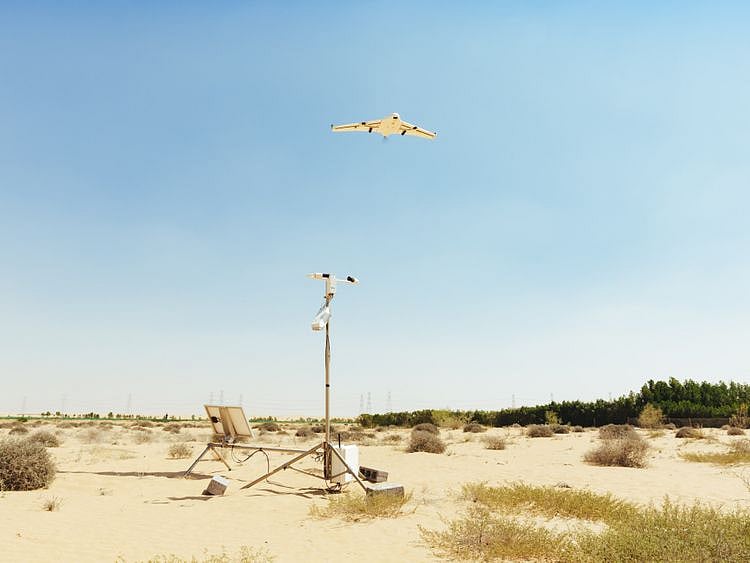Electric charge released from a drone can alter fog, UAE-supported study reveals
First-of-its-kind research was made by UK’s University of Reading

Abu Dhabi: A study supported by the National Centre for Meteorology’s (NCM) pioneering rain enhancement research programme has revealed that electric charge released into fog changes how water drops behave.
The first-of-its-kind research was made by the University of Reading using an unmanned aerial vehicle (UAV). The results, published in the journal Geophysical Research Letters, showed the electric charge led to detectable changes in the size and number of fog droplets.
Rain enhancement science
University of Reading meteorologists Giles Harrison, Maarten Ambaum and Keri Nicoll were awarded a $1.5 million research grant from the UAE Research Program for Rain Enhancement Science (UAEREP) in 2017 to investigate the electrical aspects of rainfall.
Dr. Abdulla Al Mandous, director general of NCM and president of the Regional Association II (Asia) of the World Meteorological Organization (WMO) said: “We are delighted by the progress made by Professor Harrison and his team and we look forward to the continued application of the results of his research.”
He added: “At NCM, we continue to support the UAE’s efforts to extend the best possible support to the international scientific community through UAEREP, which undertakes ground-breaking research work in this increasingly important scientific domain. Our research response particularly focuses on developing innovative technologies and building new capabilities through promoting an experiment-based research approach that achieves clear scientific outcomes.”
Innovative project
Alya Al Mazroui, UAEREP director, noted: “Our support for Professor Harrison’s work has enabled us to pool our joint expertise and ensure that this innovative project will have the maximum impact in terms of new knowledge that could help to reduce water scarcity worldwide.”
Harrison, a professor of atmospheric physics at University of Reading, said: “We are pleased with our results from five years of investigations on droplets and charge, which span field measurements, computer simulations and new technology development.
“Our latest work has demonstrated how to use small aircraft to release sufficient charge to influence the behavior of water drops. It has been rewarding to work with many international scientists on this ambitious and imaginative programme led by the NCM,” he added.
In March, 2021, UAEREP carried out a research campaign to evaluate the effectiveness of electric charge emission in modifying the behavior of cloud droplets in the UAE environment, and consequently enhancing the rainfall process. The campaign used UAVs flying at low altitudes to emit charge around a meteorological mast instrumented with an electric field mill to detect the charge at the surface.
Research impact
The results of the research programme showed rainfall could be enhanced by charging specific sizes of water droplets, from the wide size range naturally present in clouds. This could help dry regions, including the Middle East and North Africa, get more water supply.
Sign up for the Daily Briefing
Get the latest news and updates straight to your inbox
Network Links
GN StoreDownload our app
© Al Nisr Publishing LLC 2025. All rights reserved.